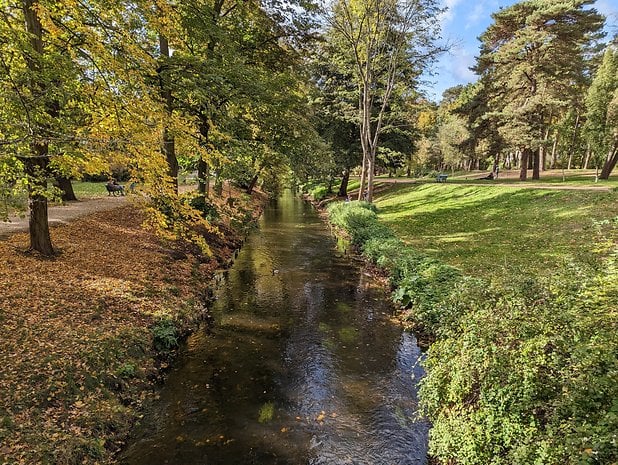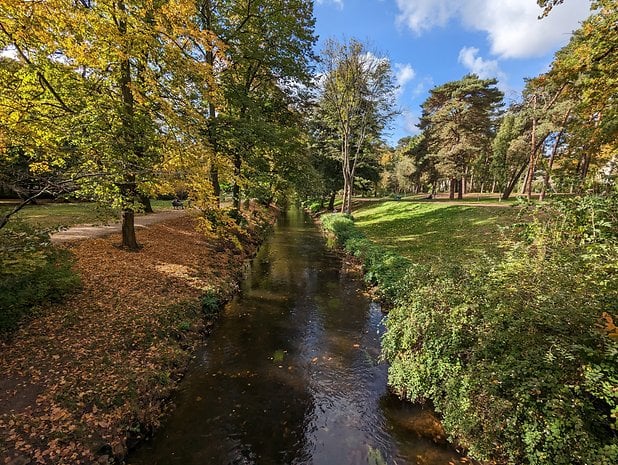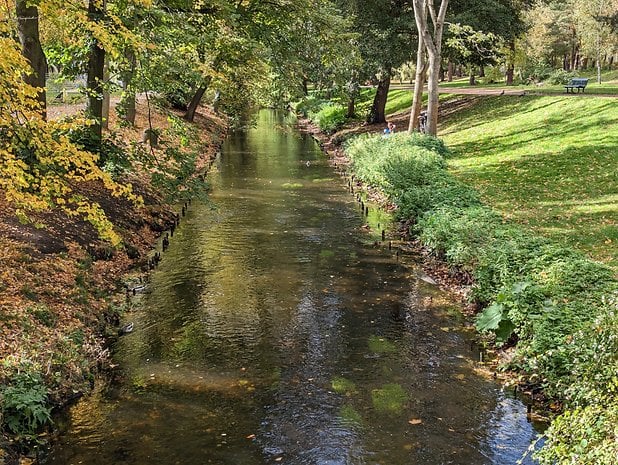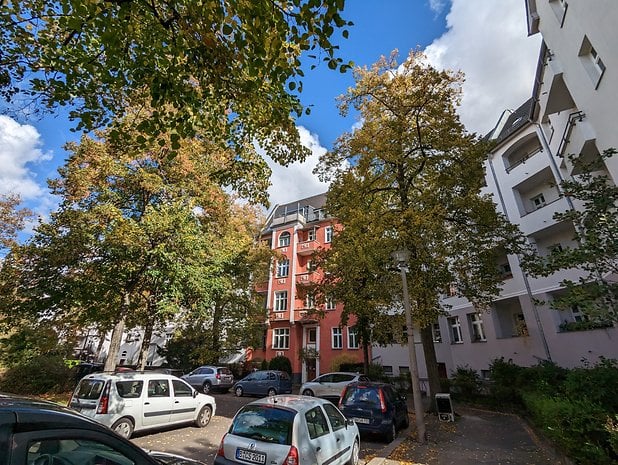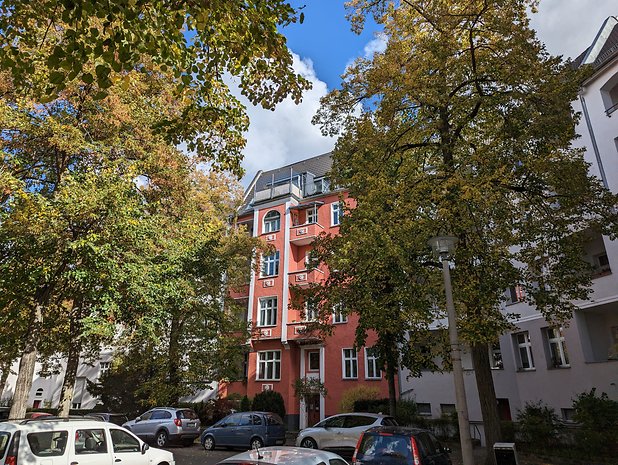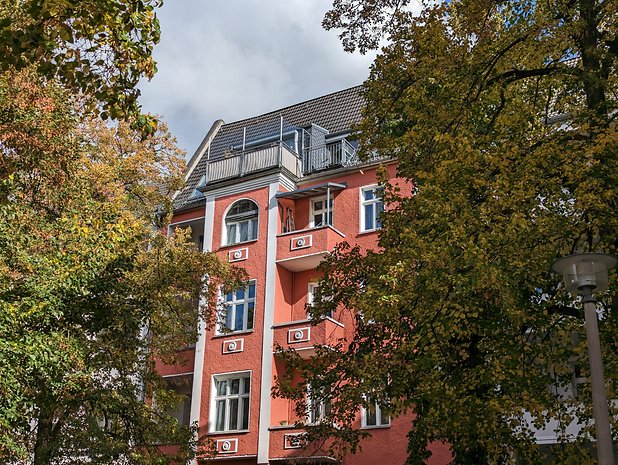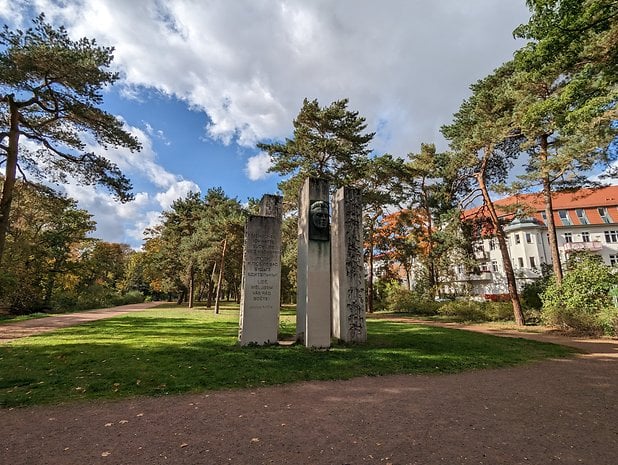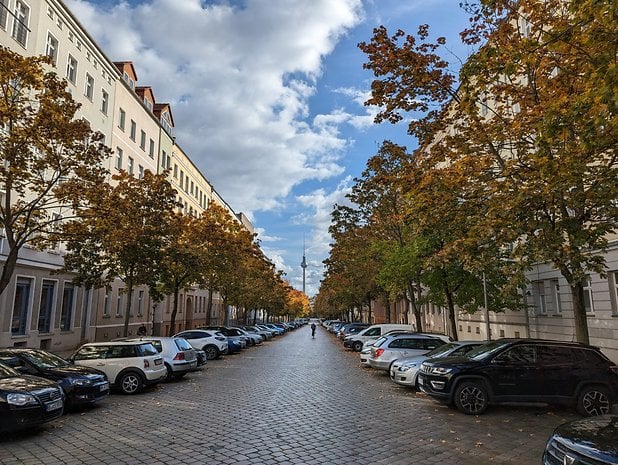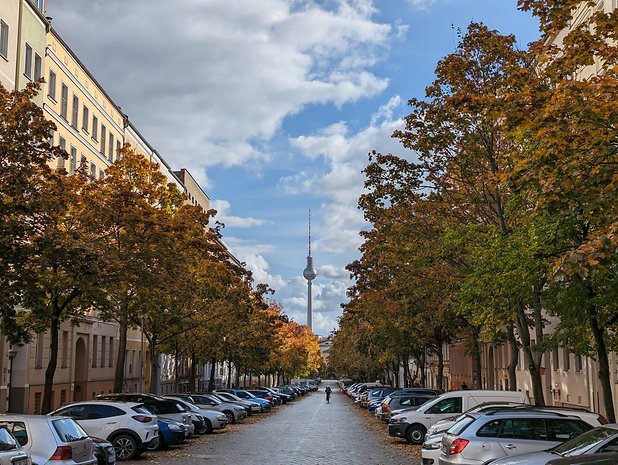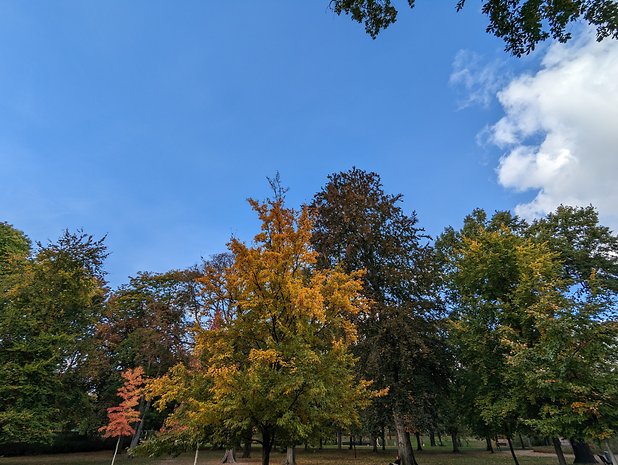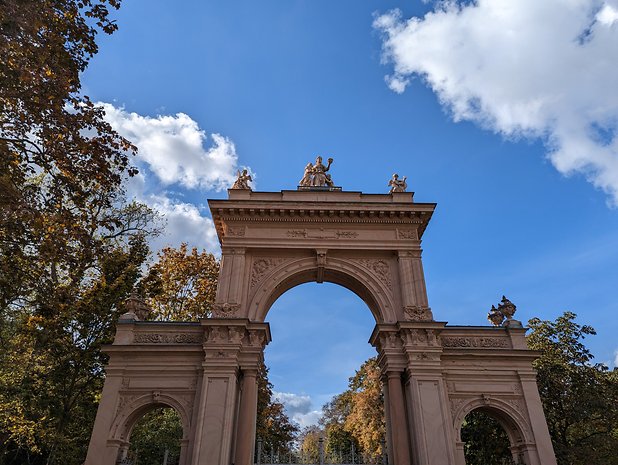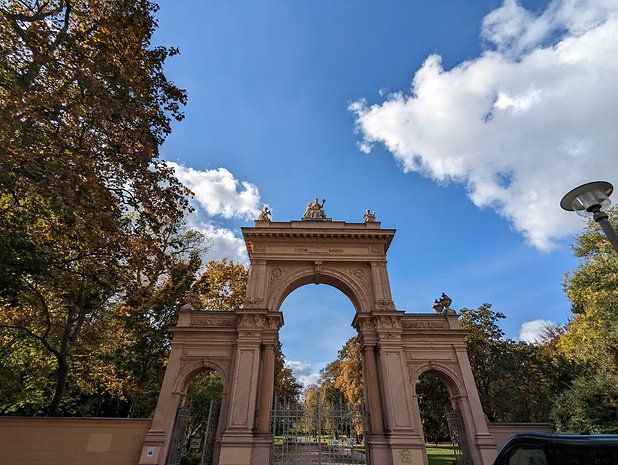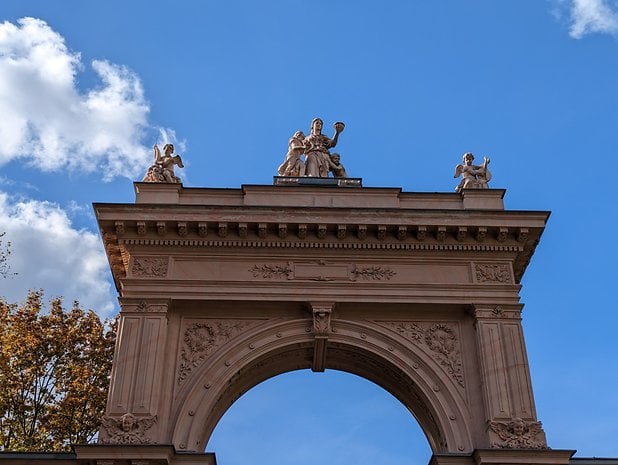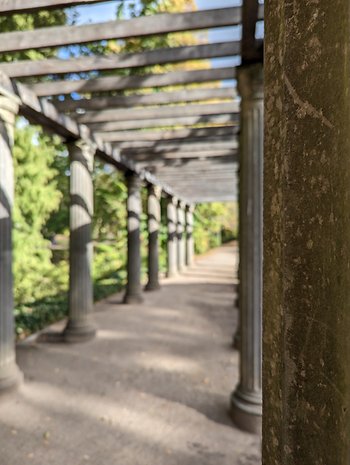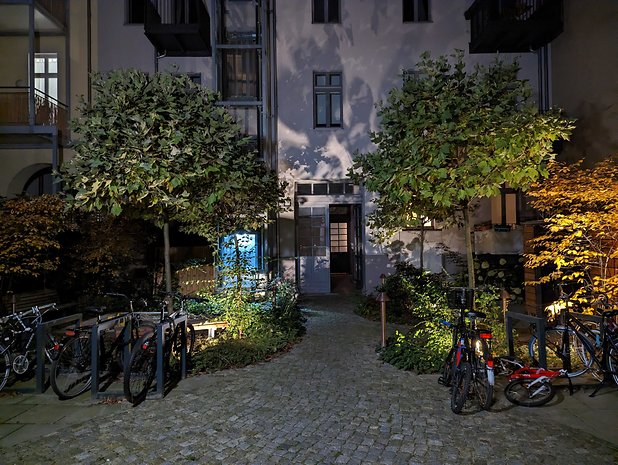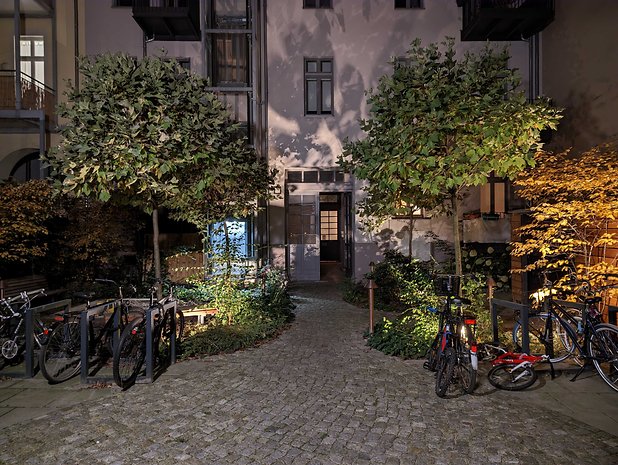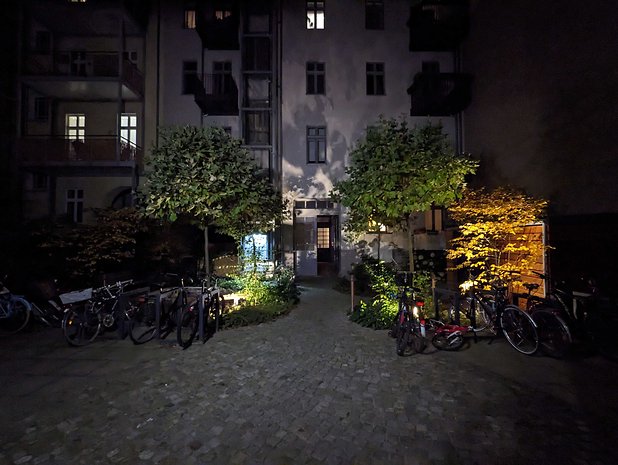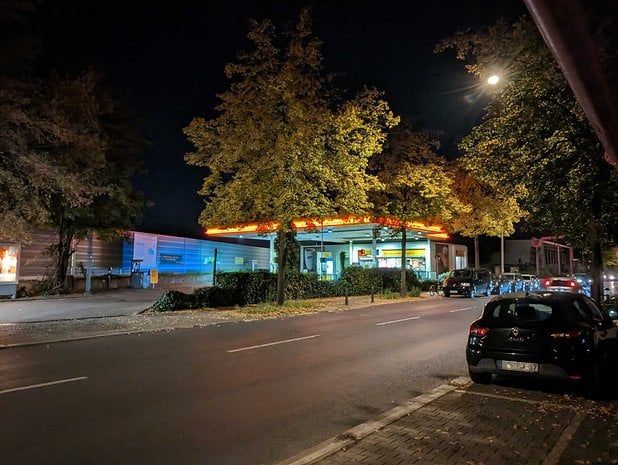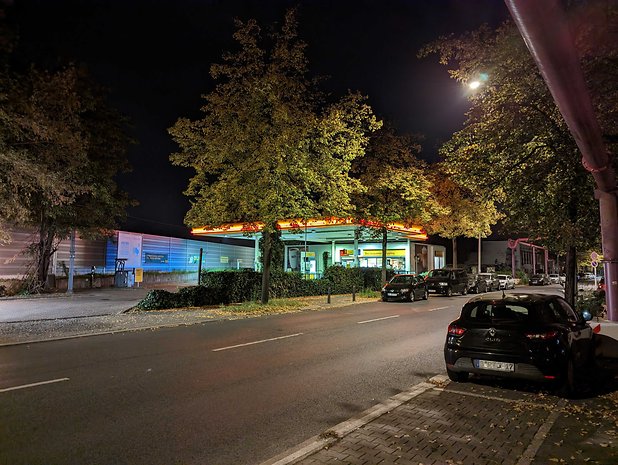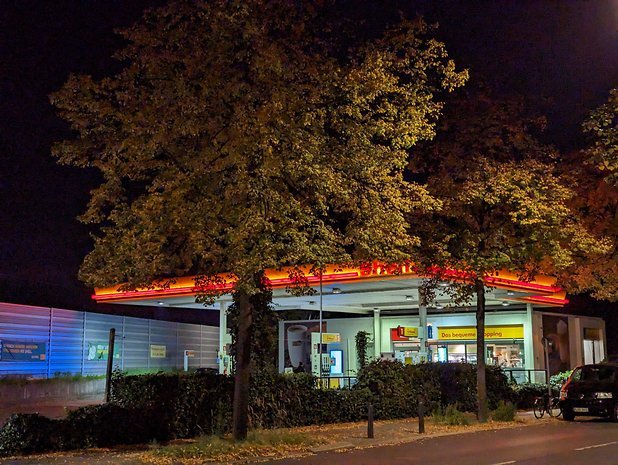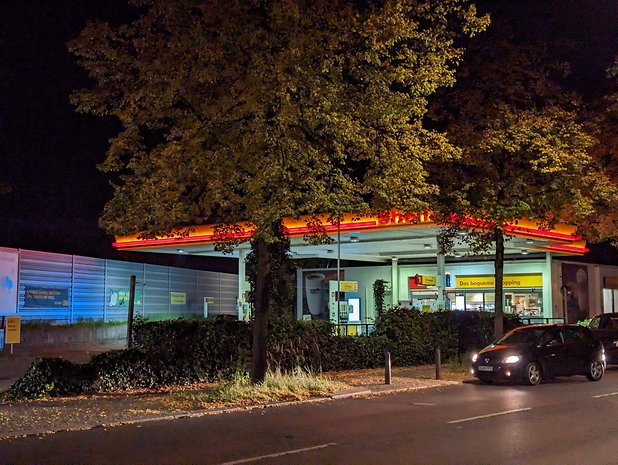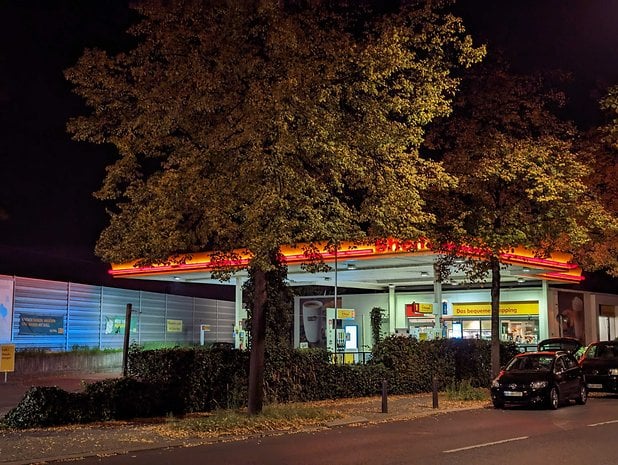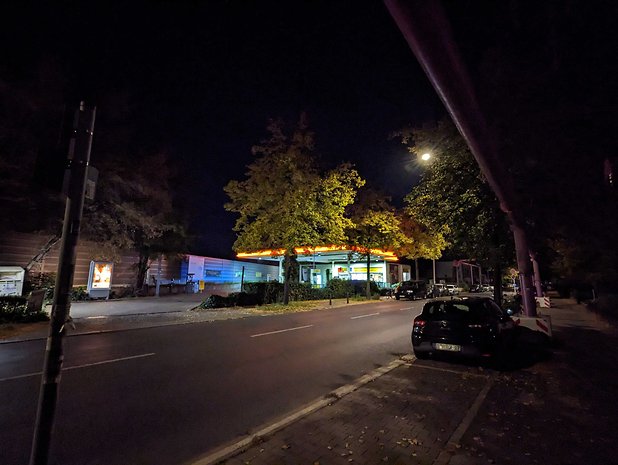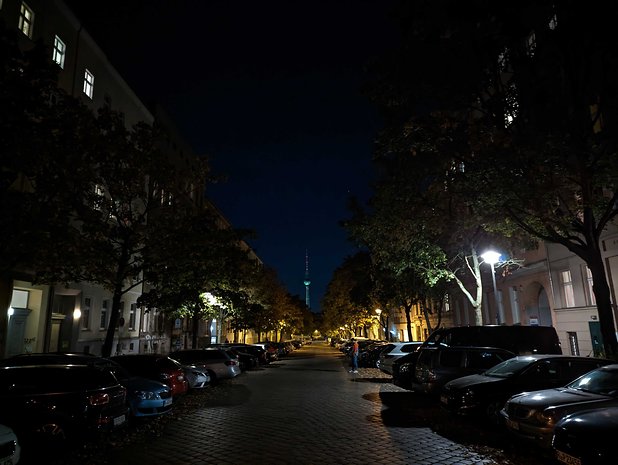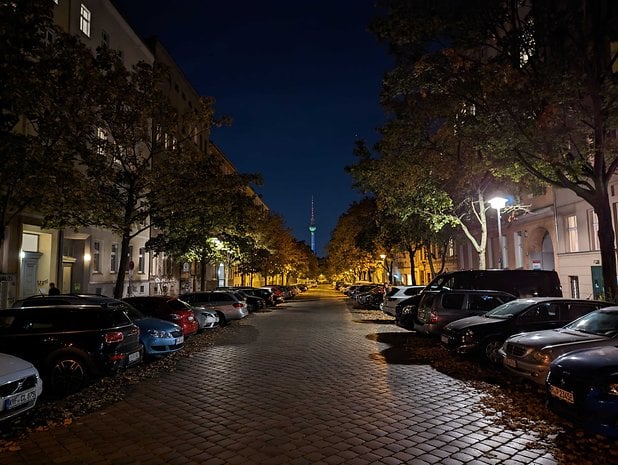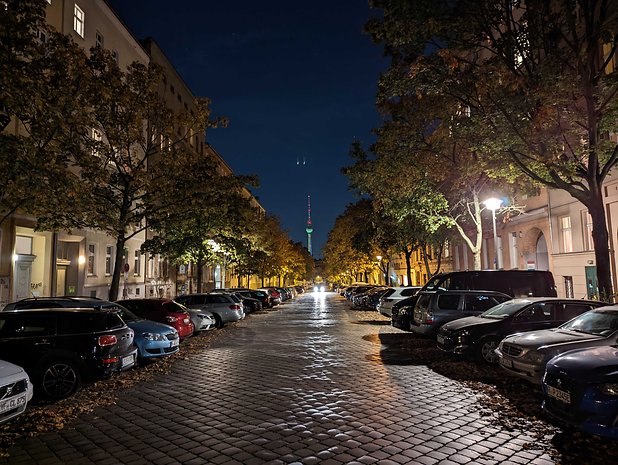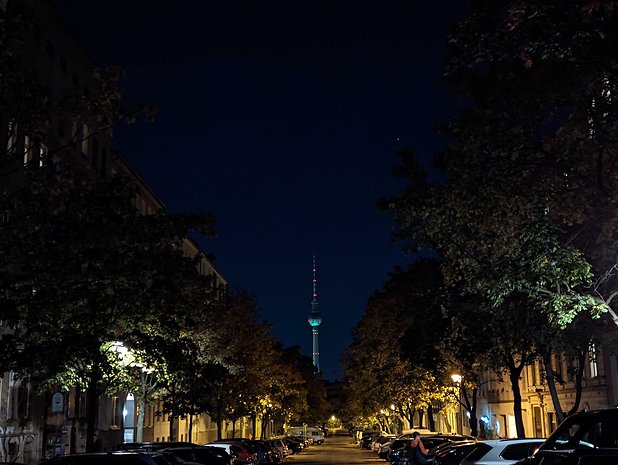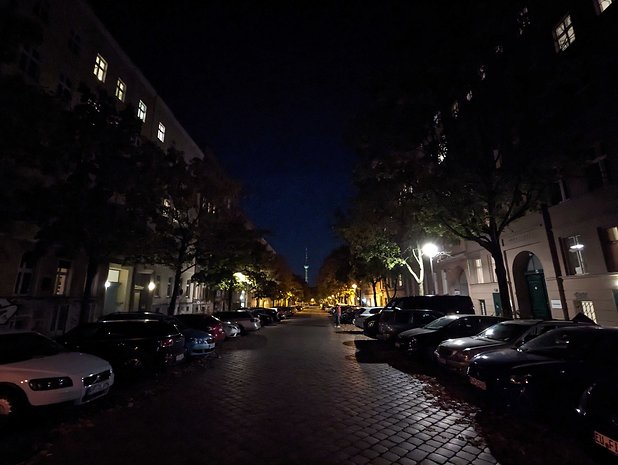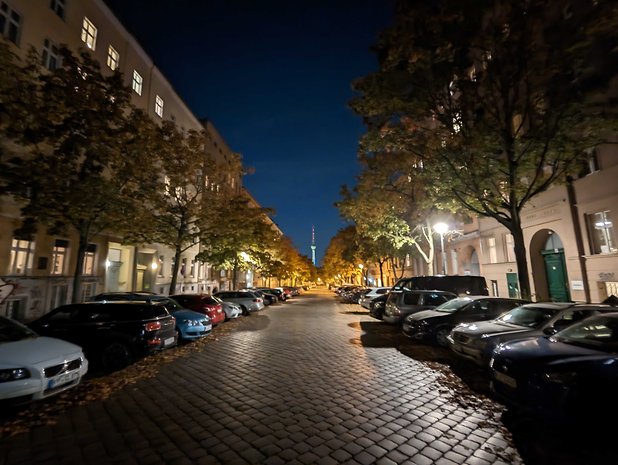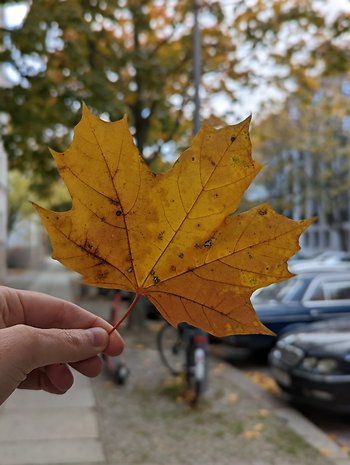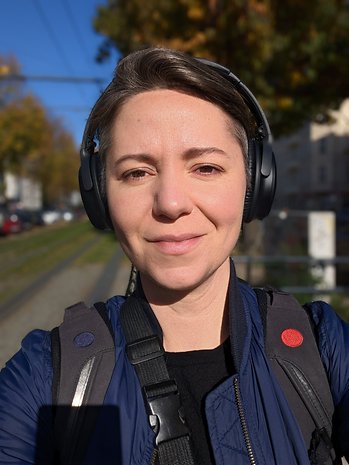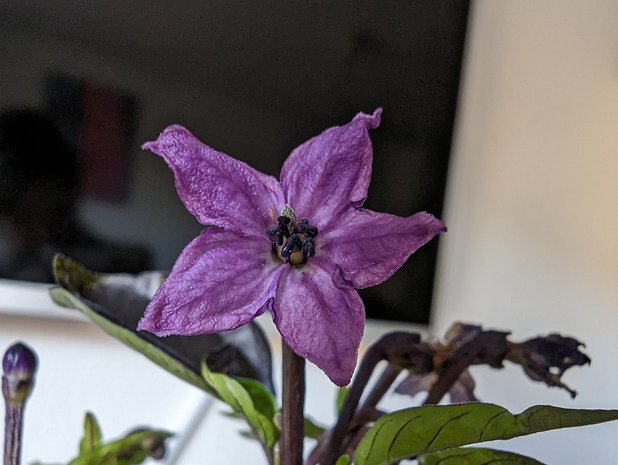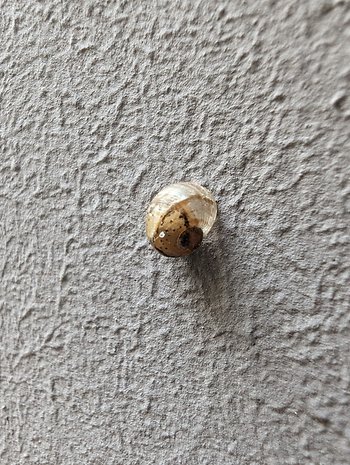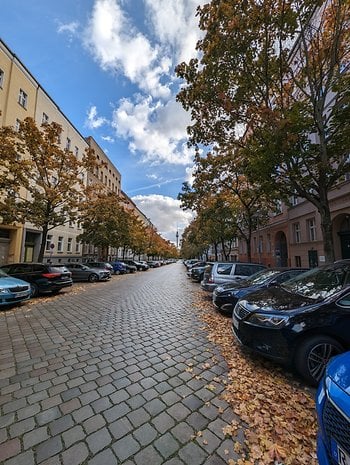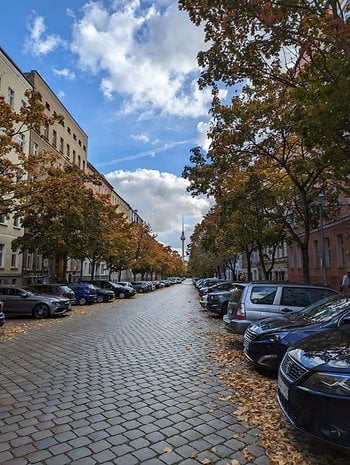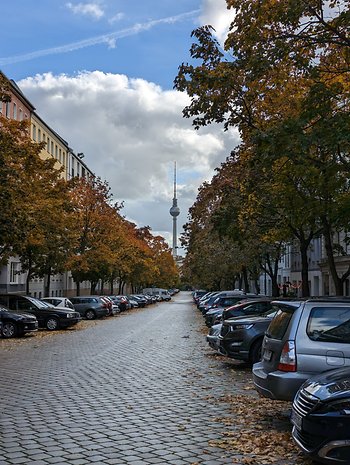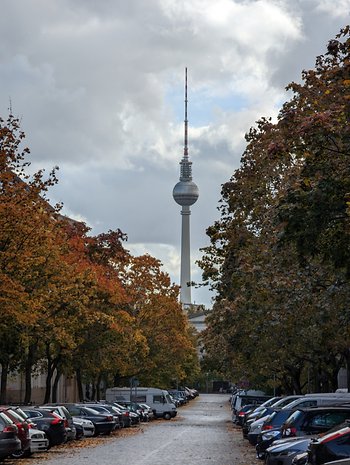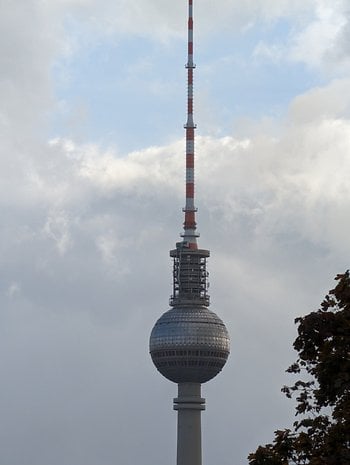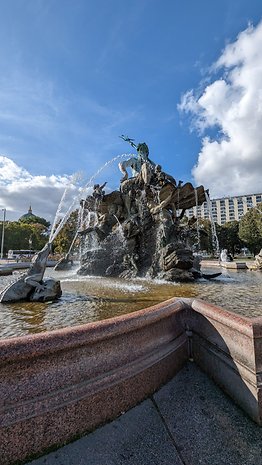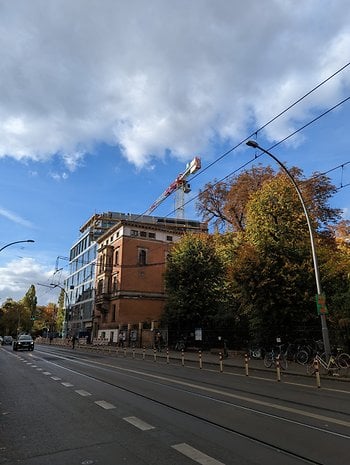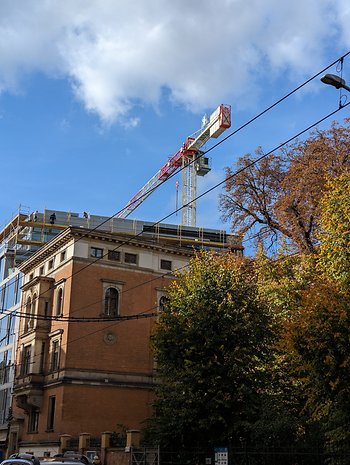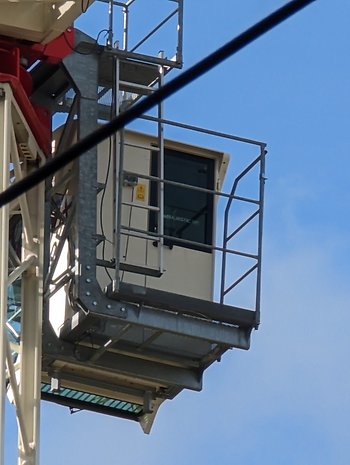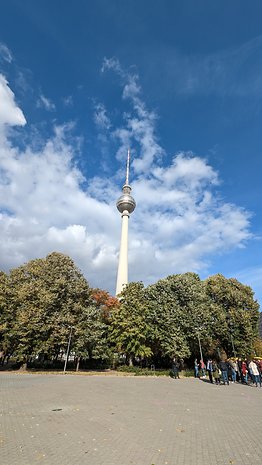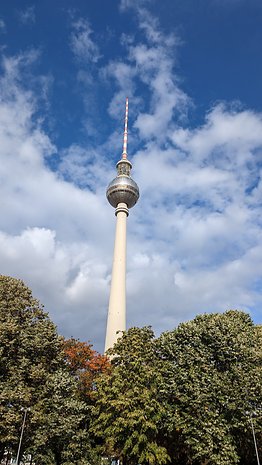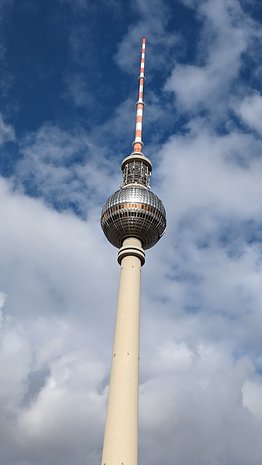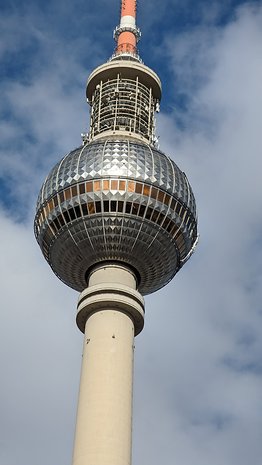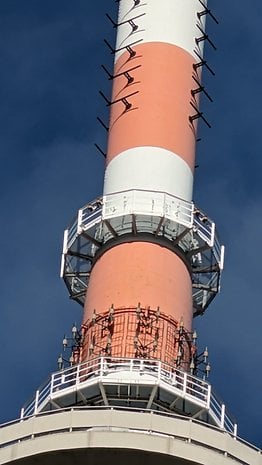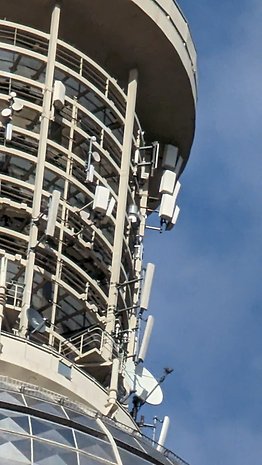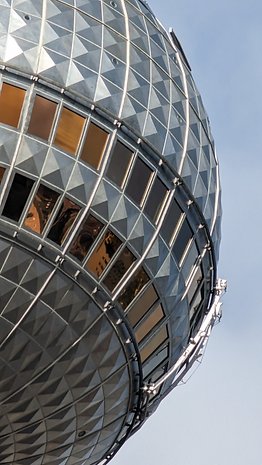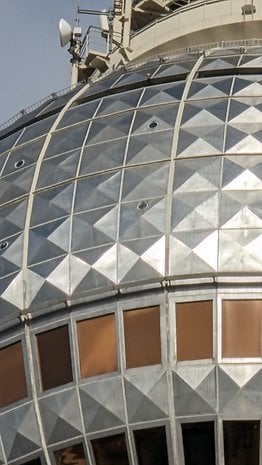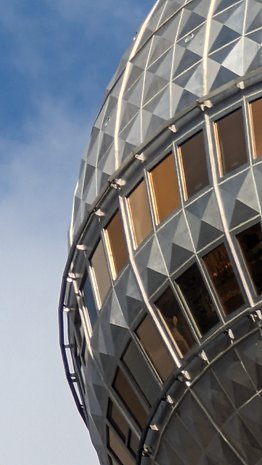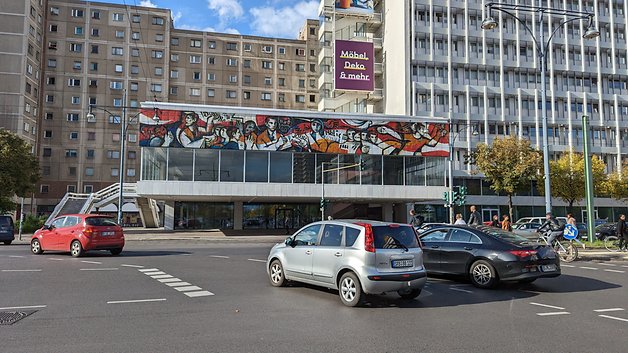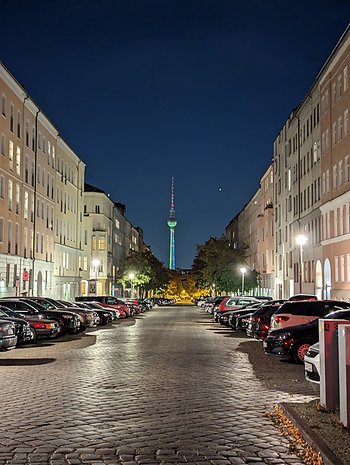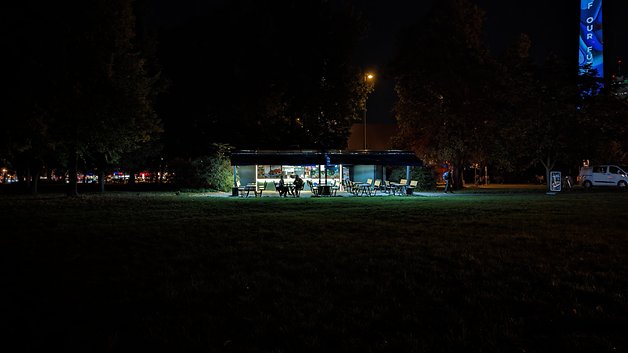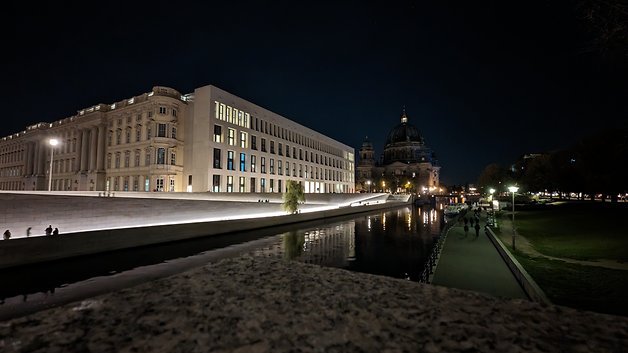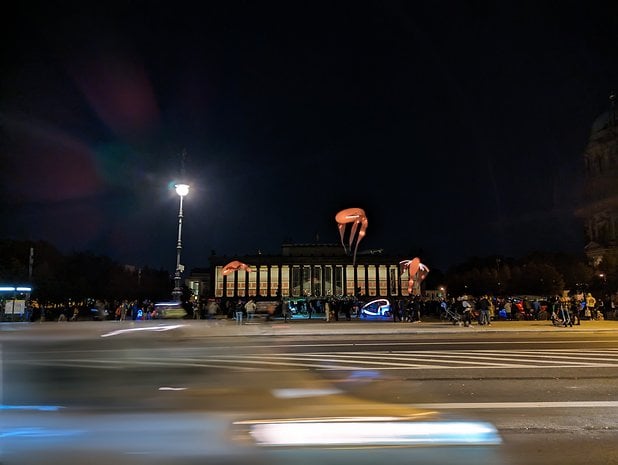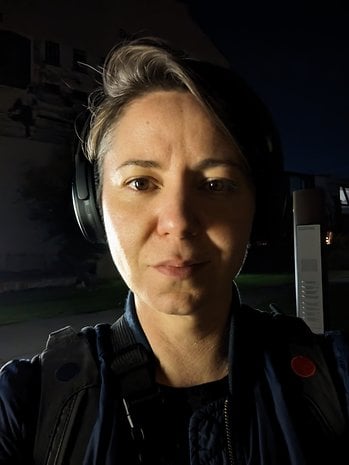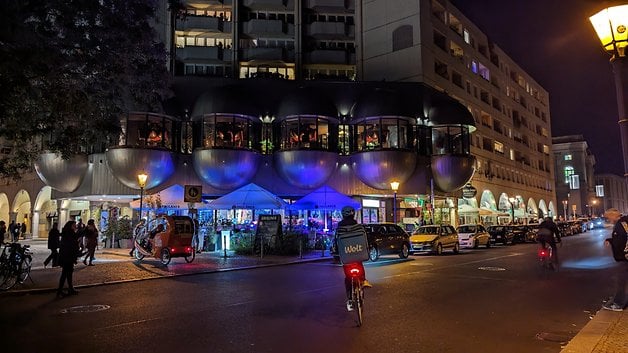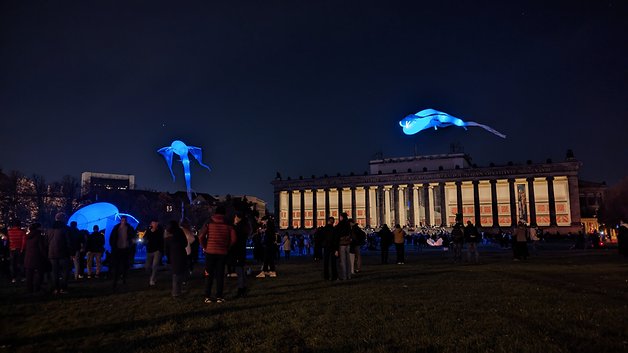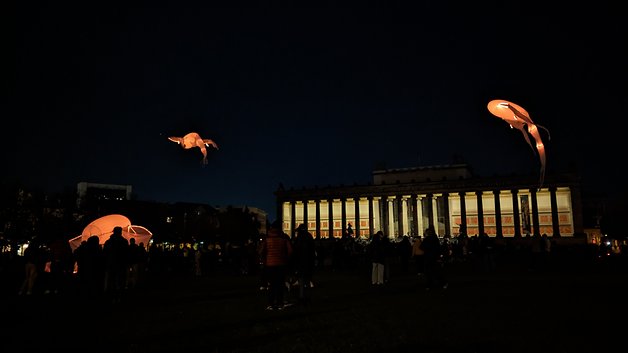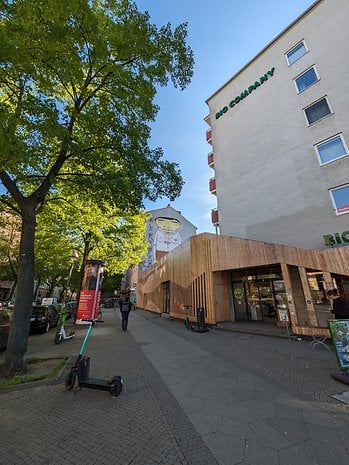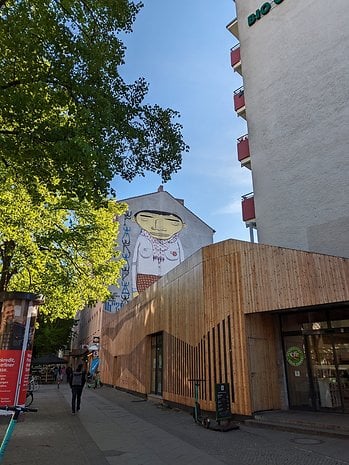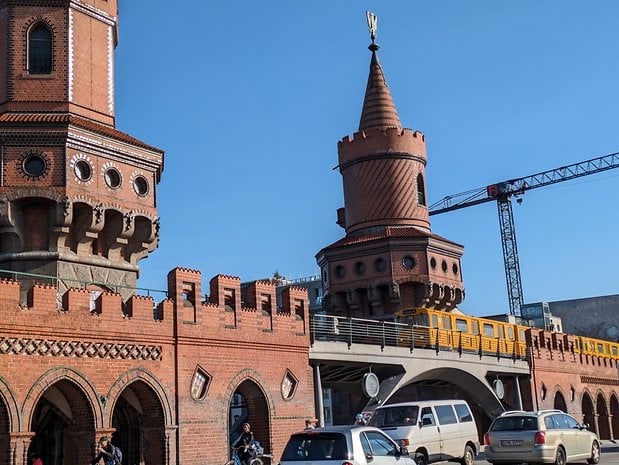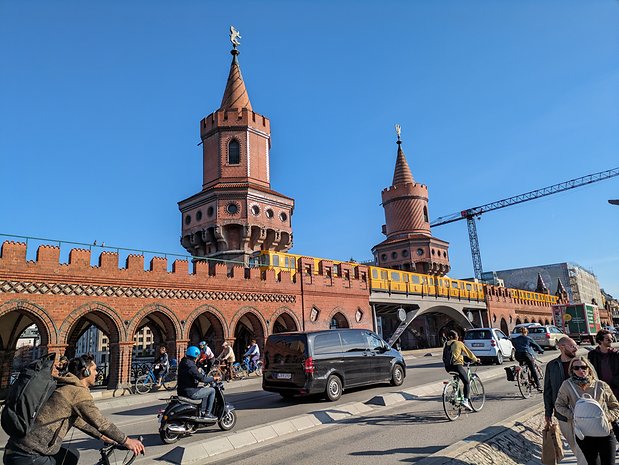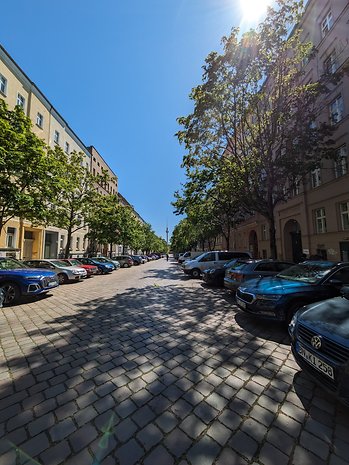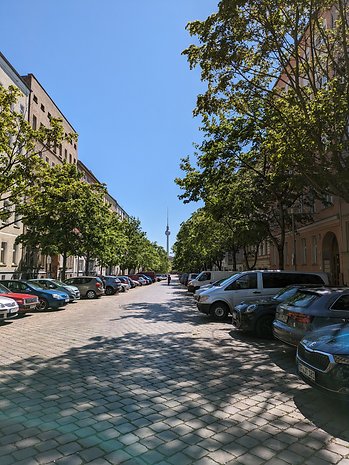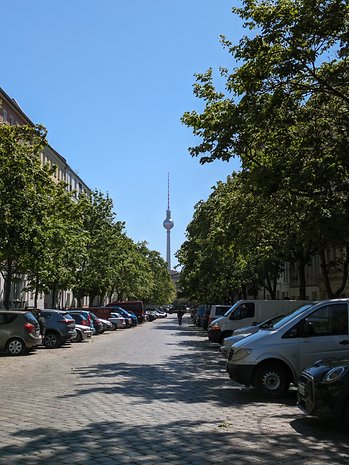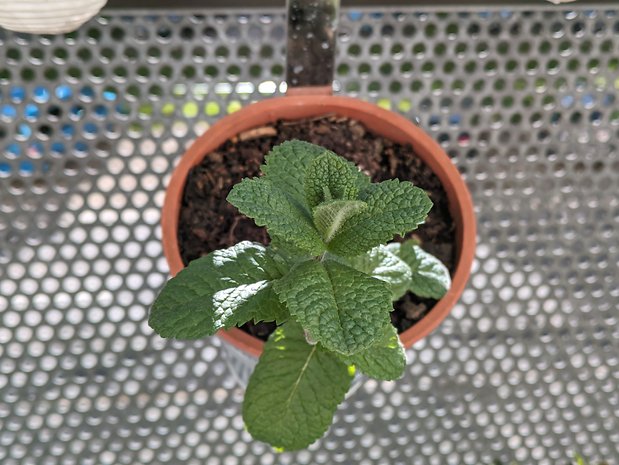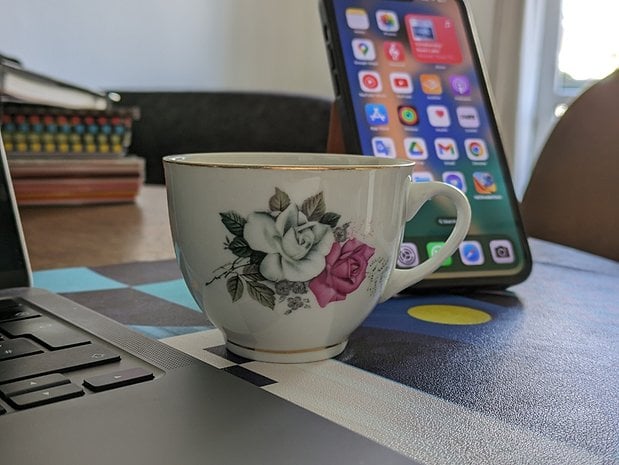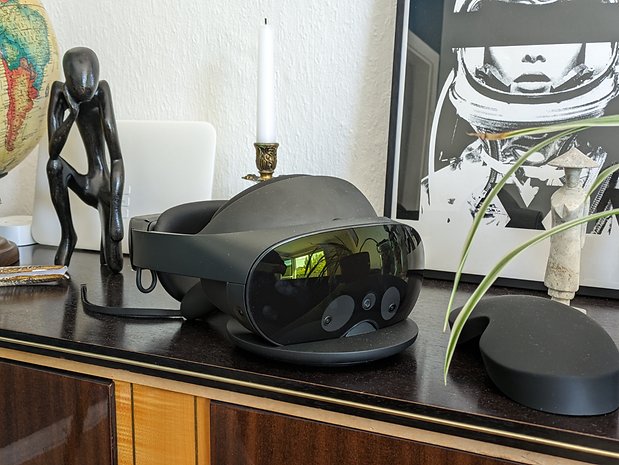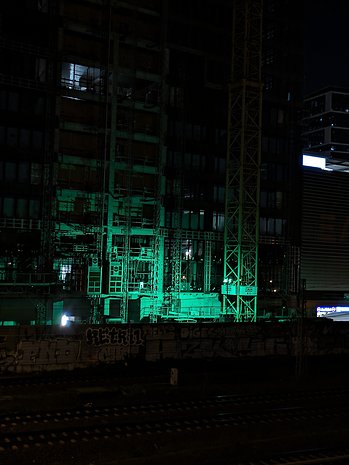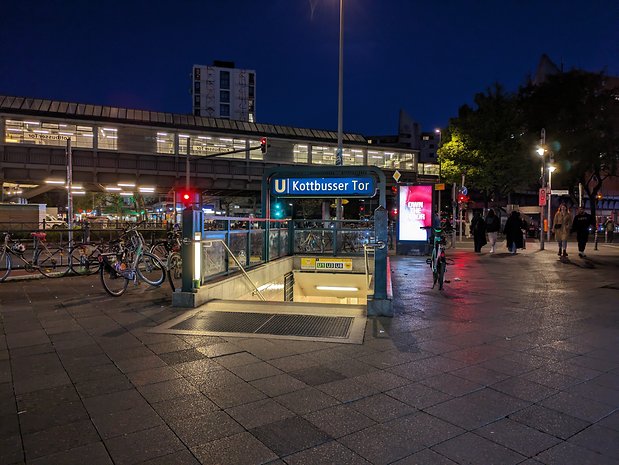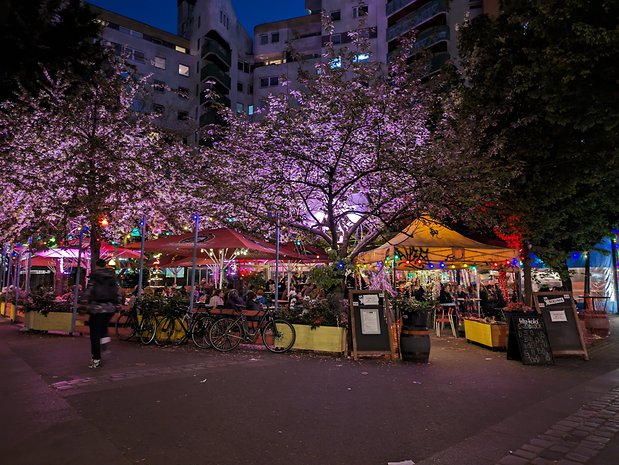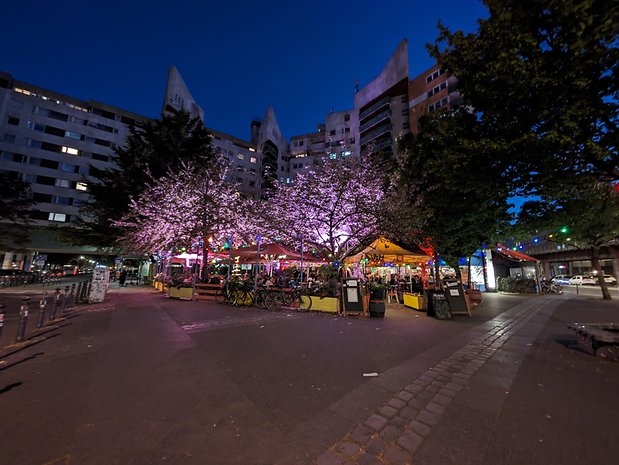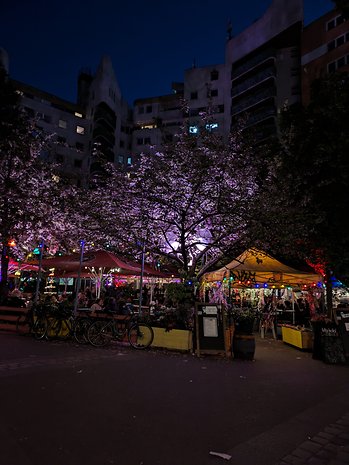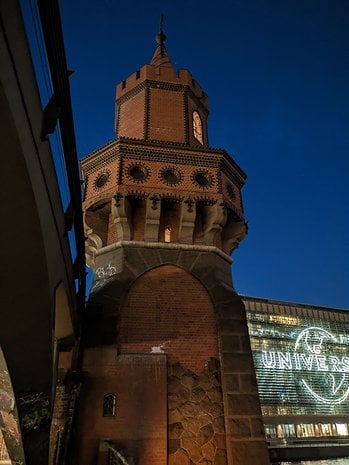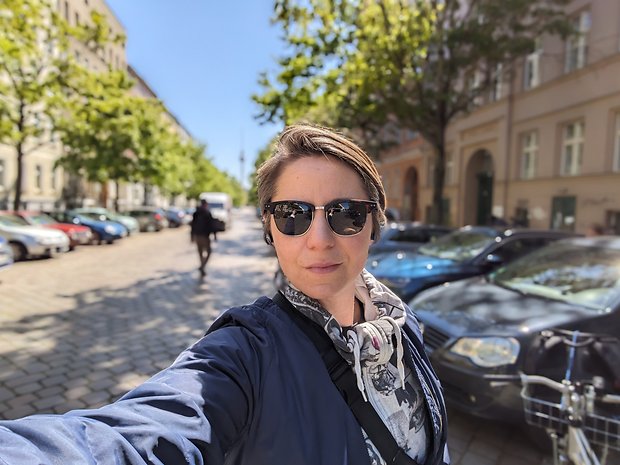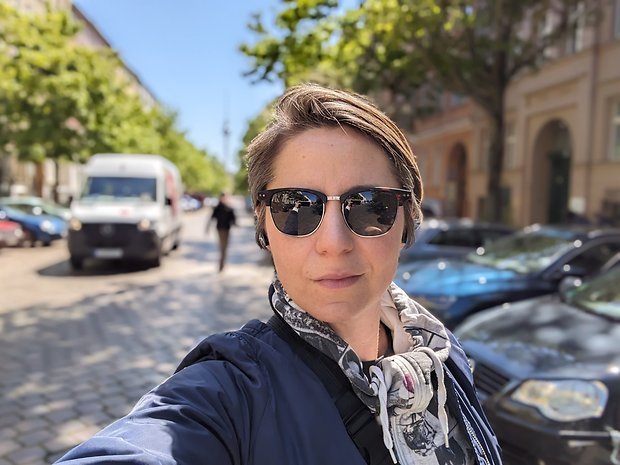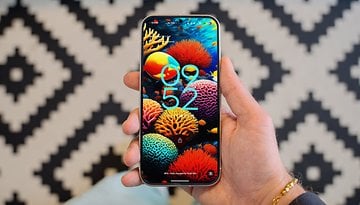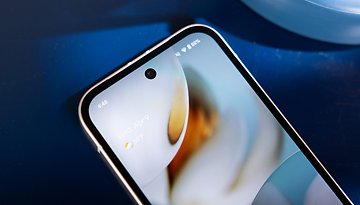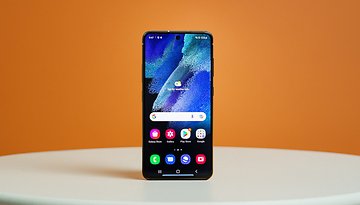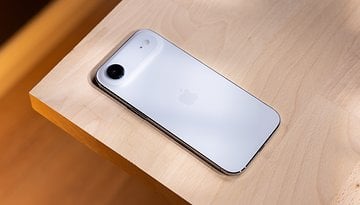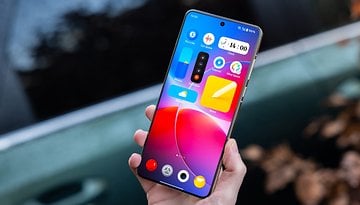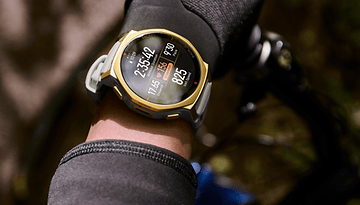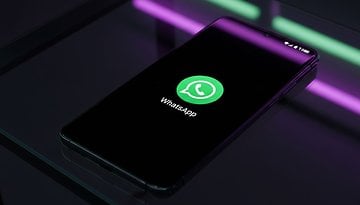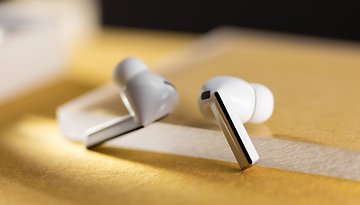Pixel 7, Pixel 7 Pro, or Pixel 7a: Which Google Phone Offers the Best Value?
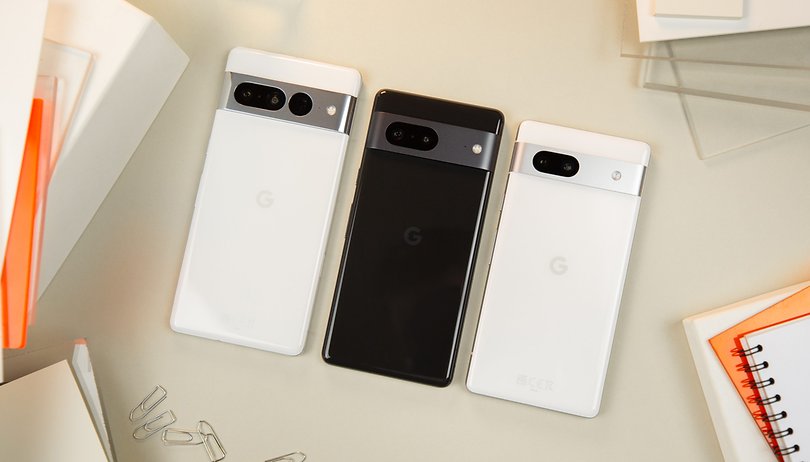

The Pixel 7a was recently released for $499. Its series companions, the Pixel 7, costs $599, and the Pixel 7 Pro is sold for $899. The price difference between the variants is considerable. We have reviewed all three Pixel devices and in this comprehensive comparison, we break down their differences and similarities.
The Pixel 7 and Pixel 7 Pro both offer the best photo experience in their respective price ranges. The same can be said about the Pixel 7a, which improved all camera sensors in comparison to 2022's variant. They share the same design, the same Tensor G2 processor, and the same Android 13 interface.
The differences between the three models lie in the screen, camera module, and battery capacity. The Pixel 7 Pro features a higher refresh rate and a larger display. Additionally, it includes an extra photo sensor with a dedicated telephoto lens, accompanied by a slightly larger battery. On the other hand, what stands out for the other two models is their accessible price.
Specs Comparison: Pixel 7, Pixel 7 Pro, and Pixel 7a
| Google Pixel 7a | Google Pixel 7 | Google Pixel 7 Pro | |
|---|---|---|---|
| Product | Google Pixel 7a | ||
| Image | |||
| Display | 6.1'' OLED, 90 Hz FHD+ (1080 x 2400 pixels) at 429 ppi Corning Gorilla Glass 3, aspect ratio: 20:9 Always-On Display |
6.3" OLED, 90 Hz FHD+ (1080 x 2400 pixels) at 416 ppi Corning Gorilla Glass Victus, aspect ratio: 20:9 Always-On Display Up to 1,000 nits (peak brightness 1,400 nits) |
6.7" LTPO OLED, 120 Hz QHD+ (1440 x 3120 pixels) at 512 ppi Corning Gorilla Glass Victus, aspect ratio: 19.5:9 Always-on display Up to 1,000 nits (peak brightness 1,500 nits) |
| SoC | Google Tensor G2 processor Titan M2 security chip 7x ARM Mali-G710 (GPU) |
||
| Memory | 8 GB of LPDDR5 RAM 128 of UFS 3.1 storage |
8 GB of LPDDR5 RAM 128 / 256 GB of UFS 3.1 storage |
12 GB of LPDDR5 RAM 128 / 256 GB of UFS 3.1 storage |
| Software | Android 13 | ||
| Rear camera | Dual camera Main: 64 MP with Quad PD and Quad Bayer f1.89 aperture | 1/1,73 image sensor size | FoV 80º | 0.8 µm pixel size Ultra-wide angle: 13 MP | f/2.2 aperture | FoV 120º | 1.12 µm pixel size |
Dual camera Main: 50 MP with Octa PD and Quad Bayer 1/1.31" image sensor size, f/1.85 aperture, 1.2 μm pixel size 8x "Super Resolution" zoom Ultra-wide angle: 12 MP, 114°, f/2.2 aperture, 1.25 μm pixel size |
Triple camera Main: 50 MP with Octa PD and Quad Bayer 1/1.31" image sensor size, f/1.85 aperture, 1.2 μm pixel size Ultra-wide: 12 MP, 125.8°, f/2.2 aperture, 1.25 μm pixel size Telephoto: 48 MP Quad Bayer PD 20.6°, f/3.5 aperture, 0.7 μm pixel size 5x optical zoom, 30x "Super Resolution" zoom |
| Front camera | 13 MP | f/2.2 aperture | 1.12 µm pixel size | FoV 95º ultra-wide angle field of view | 10.8 MP | f/2.2 aperture | 1.22 μm pixel size Fixed focus | 92.8° ultra-wide field of view |
10.8 MP | f/2.2 aperture | 1.22 μm pixel size Fixed focus| 92.8° ultra-wide angle field of view |
| Battery | 4,385 mAh 18 Watts wired charging |
4,355 mAh 20 Watts wired charging |
5,000 mAh 23 Watts wired charging |
| Connectivity | 5G, LTE, Wi-Fi 6E (802.11ax) with 2.4 GHz + 5 GHz + 6 GHz, Bluetooth v5.3 + BLE, NFC, Google Cast, GPS, GLONASS, Galileo, QZSS and BeiDou | 5G, LTE, Wi-Fi 6E (802.11ax) with 2.4 GHz + 5 GHz + 6 GHz, HE160, MIMO, Bluetooth 5.2, NFC, Google Cast, dual-band GNSS, GPS, GLONASS, Galileo, QZSS, BeiDou |
5G, LTE, Wi-Fi 6E (802.11ax) with 2.4 GHz + 5 GHz + 6 GHz, HE160, MIMO, Bluetooth 5.2, NFC, Google Cast, dual-band GNSS, GPS, GLONASS, Galileo, QZSS, BeiDou, UWB |
| IP | IP 67 | IP 68 | IP 68 |
| Colors | Charcoal, Sea, Snow, Coral (Google Store exclusive) | Obsidian, Snow, Lemongrass | Obsidian, Snow, Hazel |
| Dimensions | 152 x 72.9 x 9.0 mm | 155.6 x 73.2 x 8.7 mm | 162.9 x 76.6 x 8.9 mm |
| Weight | 193,5 g | 197 g | 212 g |
| Good |
|
|
|
| Bad |
|
|
|
| Rating |
|
|
|
| Offers | |||
Table of Contents:
- Google Pixel 7a vs. Pixel 7 vs. Pixel 7 Pro: Design and display
- Google Pixel 7a vs. Pixel 7 vs. Pixel 7 Pro: SoC and performance
- Google Pixel 7a vs. Pixel 7 vs. Pixel 7 Pro: Camera
- Google Pixel 7a vs. Pixel 7 vs. Pixel 7 Pro: Software
- Google Pixel 7a vs. Pixel 7 vs. Pixel 7 Pro: Battery
- Google Pixel 7a vs. Pixel 7 and Pixel 7 Pro: Pricing and availability.
- Conclusion: Which Pixel should I choose?
Google Pixel 7a vs. Pixel 7 vs. Pixel 7 Pro: Design and display
If you look at the new Google smartphones for the first time, you do not see any major differences between the Pixel 7 and Pixel 7 Pro apart from the size. Google uses the same design language since the Pixel 6 launch. It has just added aluminum on the camera bar that hosts the camera module. I find it to be less pretty as it looks less futuristic than the 100% glass design, but it also promises to be more solid, so there's the upside.
The same can be said about the budget-friendly Pixel 7a, which shares many similarities with the Pixel 7 variant. The differences can be observed by closely examining the camera lenses or by physically handling the device, as the back of the more affordable variant is made of plastic. And it is also lighter and a bit smaller, weighing 193,5 g.
The Pixel 7 and Pixel 7 Pro are rather massive smartphones. I find them to be rather thick and a bit on the heavy side. They happen to weigh in at 212 g for the Pro and 197 g for the basic model.
They are IP68 certified and hence are waterproof to a certain degree, they both have Gorilla Glass Victus on the front and back, and an aluminum frame. In a nutshell, they tick all the right boxes for a premium design. The Pixel 7a boasts an IP67 rating, indicating dust and water resistance, and sports a screen made of Gorilla Glass 3 for enhanced durability.
We get three colors for the flagships: Snow-White and Volcanic Black for both models. With a lime green version for the basic Pixel 7 and a sage green for the Pro. The Pixel 7a comes in Charcoal, Sea, Snow, and a Google-store exclusive Coral.
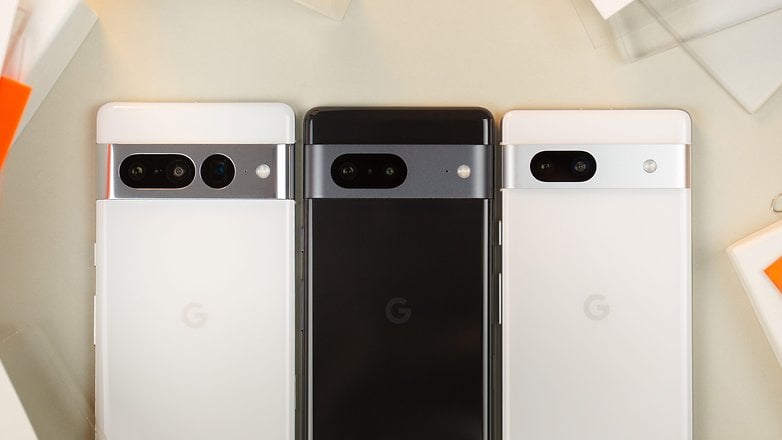
For the display, we have a 6.3-inch OLED panel in Full HD+ on the Pixel 7 and a 6.7-inch AMOLED panel in QHD+ resolution on the Pro. The Pixel 7 Pro also has a higher refresh rate of 120 Hz, while the Pixel 7 is locked at 90 Hz. We also have LTPO 2.0 technology on the Pro that allows you to vary the refresh rate more precisely, between 1 and 120 Hz. In addition, the Pro has a slightly higher maximum brightness of 1,500 versus 1,400 nits on the base Pixel 7.
- Related: Google Pixel 7a review
With more compact and modest specifications, the Pixel 7a features a 6.1-inch OLED display in Full HD+ resolution, maintaining the same 90 Hz refresh rate as the Pixel 7. Unfortunately, Google has not yet released the maximum brightness for this model.
In practical terms, the screens are of excellent quality on all models when positioned in their specific price range. The difference in refresh rate is not really noticeable to the naked eye. The maximum brightness was measured on only 5% of the screen, so you will never experience the 1,400 or 1,500 nits as stated. Rather, you would most probably experience 1,000 nits, tops, most of the time. This is still excellent in terms of legibility, even under direct sunlight.
The colorimetry is very good with very faithful colors and a well-managed temperature. It doesn't pull too much toward the yellow/hot tones or toward the blue/cold range. However, they could have been a bit more vivid. There are not a lot of adjustments in the screen settings either. One important thing to mention here is that the Pixel 7a display can lack some brightness in direct sunlight.
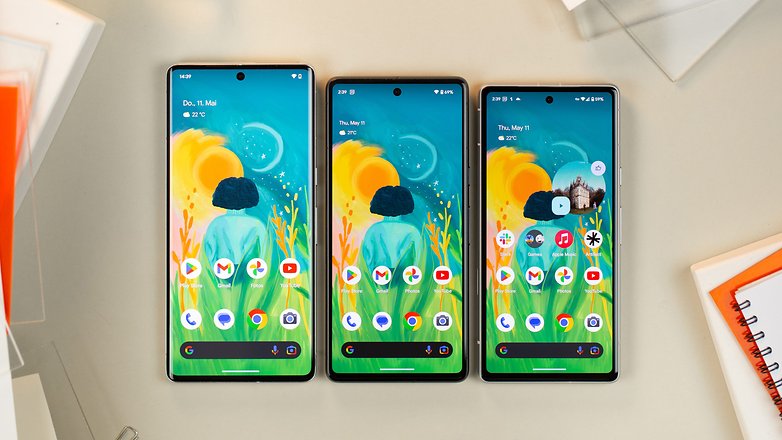
Google Pixel 7a vs. Pixel 7 vs. Pixel 7 Pro: SoC and performance
The three models have the same Tensor G2 processor. This is a chip manufactured by Samsung using a 4 nm process. On the GPU side, we have a Mali-G710. Both of them are mated to LPDDR5 RAM and UFS 3.1 storage. The Pixel 7 Pro has a little more RAM with up to 12 GB against 8 for the Pixel 7 and the Pixel 7a.
In terms of performance, we're looking at very similar results to the first-generation Tensor processor we saw on the Pixel 6 series. Clearly these are not the most powerful smartphones on the market today.
| Google Pixel 7a | Google Pixel 7 | Google Pixel 7 Pro | |
|---|---|---|---|
| 3D Mark Wild Life | 6,618 | 6,581 | 6,527 |
| 3D Mark Wild Life Stress Test | Best loop: 6,590 Worst loop: 4,980 |
Best loop: 6,559 Worst loop: 4,772 |
Best loop: 6,492 Worst loop: 5,876 |
| Geekbench | Single: 1,417 Multi: 3,549 (v6) |
Single: 1,042 Multi: 3,196 (v5) |
Single: 1,050 Multi: 3,239 (v5) |
But on my side, I was able to run Call of Duty or Apex Legends in 60 FPS with the graphics at maximum settings without any problem. I didn't notice any overheating problems, either. On the other hand, on the Pixel 7 and Pixel 7a, we experienced thermal throttling. The performance is much less stable than on the Pixel 7 Pro.
The benchmark below shows a simulated gaming session for 20 minutes, and the Pixel 7 Pro delivered a stability rate of 90% while the Pixel 7 barely exceeded 70%, and the Pixel 7a reached 75.6%.
Basically, when it comes to long and intense gaming sessions, you can have occasional FPS drops. It's not glaring, it's still gradual, but it is still there. The Pixel 7 series may not be specifically designed for gaming, but they can handle games without any issues, and there's no need to reduce the graphics settings.

Google Pixel 7a vs. Pixel 7 vs. Pixel 7 Pro: Camera
The Pixel 7 and Pixel 7 Pro have almost the same camera module. We have the same 50 MP main lens, the same 12 MP ultra-wide angle, and the same 10.8 MP selfie camera. Multi-directional autofocus, optical stabilization, the works, they are all there.
When it comes to the more affordable Pixel 7a, the device, while still capable of taking astonishing pictures in its price range, offers a more modest camera setup. The rear module includes a 64 MP main lens and a 13 MP ultra-wide lens. It also features an improved 13 MP front-facing, or 'selfie,' camera.
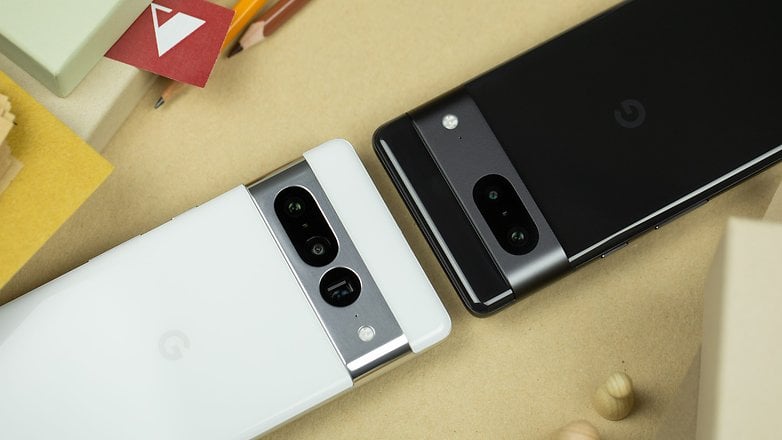
The difference is that the Pixel 7 Pro also packs a dedicated 48 MP telephoto lens for zooming. Basically, it allows an optical zoom of 5x against 2x on the basic Pixel 7 in addition to a digital zoom of up to 30x instead of 8x.
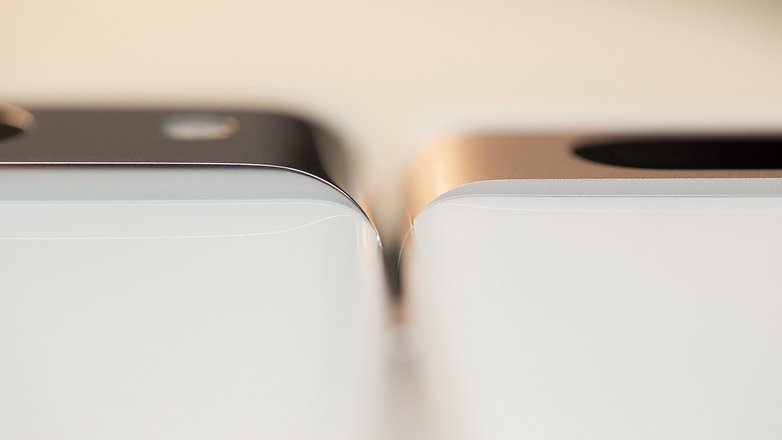
Not surprisingly, the zoom quality is clearly on the Pixel 7 pro. This is expected as on the Pixel 7, Google simply cut and cropped from the photos taken in wide-angle at full resolution. As a result, we lose some degree of detail, sharpness, etc. But the Pixel 7 takes better zoomed-in photos than some smartphones which feature a telephoto lens.
The main lens does very well in all situations. Well, it's mostly thanks to the software processing of Google. We have photos that are highly detailed. The dynamic range is wide, so when it comes to complex photos, the contrast and exposure are always well managed. You can even adjust the color temperature, contrast, and exposure manually and separately.
Compared to its predecessor, the Pixel 7a features a main camera sensor that is 72% larger, which plays a significant role this time around. Powered by the Google Tensor G2, it delivers impressively high-quality photos, with excellent colorimetry and contrast, especially in low-light conditions. The upgraded front-facing camera also produces bright and colorful images.
When it comes to videos, all Pixels can shoot in 4K at 60 FPS with all lenses (except for the Pixel 7a front camera, which records 4K videos only at 30 fps). That's pretty rare and it's downright cool.
Google has also its own version of Apple's Cinematic Mode, called 'Cinematic Blur.' However, this feature is not available on the Pixel 7a. It allows for a bokeh effect, creating a blur in the background, though its performance has been less than ideal. We will delve deeper into this feature in a dedicated article and video later.
Here we are when it comes to photography, and at this price, the Pixel 7a, Pixel 7, and Pixel 7 Pro are virtually unbeatable. You really shouldn't stop at the MP count or the number of sensors. The main strength of Google is its software processing and that alone makes all the difference.
Google Pixel 7a vs. Pixel 7 vs. Pixel 7 Pro: Software
We do not have to talk about the software in detail: Of course, both models come with the most beautiful, purest Android 13 preinstalled out of the box. You can read more about what the latest iteration of the operating system has to offer in the linked article. Google also promises us security updates for at least five years for all the Pixel 7 line-up.
If you're interested in learning more about the Pixel's software features, we suggest reading our comprehensive Android 13 feature guide. As we are expecting a new operating system update soon, you might also want to learn about the features that are set to be integrated into the OS with the Android 14 version.
Google Pixel 7 vs. Pixel 7 Pro: Battery life and fast charging
Battery life is simply excellent on all models. On our benchmarks, they lasted more than 14h30m before falling below the 20% mark. The Pixel 7a achieved an impressive 16 hours and 9 minutes in the battery life test. We can easily last a day and a half without having to recharge them.
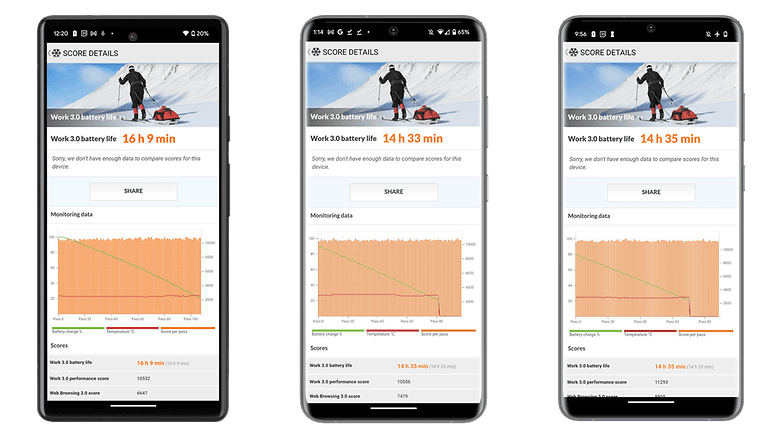
However, we felt that Google has been a little bit reluctant about implementing proper fast charging. Basically, Google flippantly mentioned that its official charger, sold separately, delivers 30W of juice. But, if you were to read the fine print in the very small details of the datasheet, you can see that the Pixel 7 only accepts 20W max, the Pro at only 23W, and the 7a at just 18W. That's really far too low in this day and age.
And as a result, charging takes far too long. With an unofficial charger, it took me an hour and a half to go from 0 to 100%. Google, Apple, and Samsung really need to wake up. Apart from that, we also have wireless and reverse wireless charging.
- Also interesting: Genuine Samsung Accessories Are Key to Fast Charging!
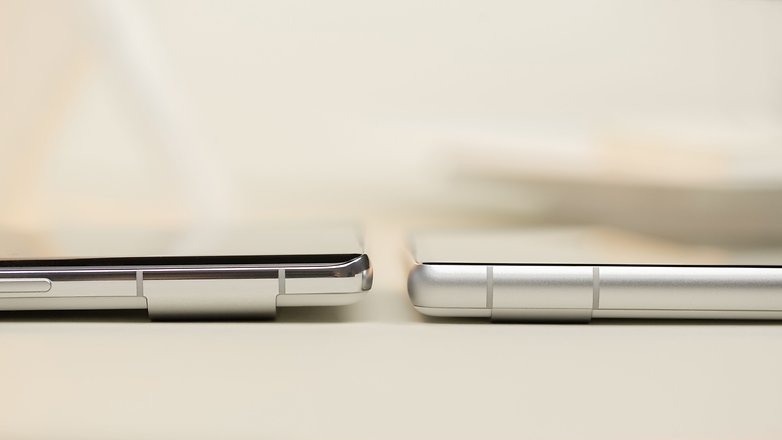
Prices and availability of the Google Pixel 7a, Pixel 7, and Pixel 7 Pro
If you want to buy the Pixel 7, you can do so starting at $599. You will have to pay at least $899 for the Pixel 7 Pro. You can buy them from the official Google Store but also from most e-retailers like Amazon, as well as from major operators and MVNOs.
The Pixel 7a, being a recent release, is now available for $499. Plus, it comes bundled with a free pair of Pixel Buds A-Series. You can purchase the device right now through the Google Store or its e-commerce partners.
Conclusion
We have a generally positive opinion of the Pixel 7a, Pixel 7, and Pixel 7 Pro. However, we don't believe the price difference between the two flagship models is entirely justified. Features such as the telephoto lens, slightly superior screen, and larger battery don't, in our opinion, make a significant enough difference to warrant the extra cost.
When comparing the Pixel 7 to the Pixel 7a, the price difference becomes even more negligible, especially when considering that both devices will decrease in price over time. Out of all three models, I would choose the Pixel 7. However, my fellow editor, Camila Rinaldi, who reviewed both the Pixel 7 Pro and the Pixel 7a, would definitely opt for the Pixel 7a due to its compact size and budget-friendly features.
And compared to the competition like Apple or Samsung, I find the Pixel 7's price/performance ratio more than interesting. You get one of the best camera experiences, one of the best software experiences, and excellent battery life.
And all this, for $200 less than an iPhone 14. Even if my favorite smartphone is still the Nothing Phone (1), for $100 more, and if photography is your main criterion, the Pixel 7 is clearly an excellent choice, even the best choice now in terms of price-to-performance ratio.
However, we'd love to hear from you in the comments. Please let us know which device is your favorite among the 7-Series, and why.
This Pixel 7 line-up comparison was updated in May 2023 to include the newly-released Pixel 7a. The article was written in collaboration with editor Camila Rinaldi, who reviewed the Pixel 7a.



